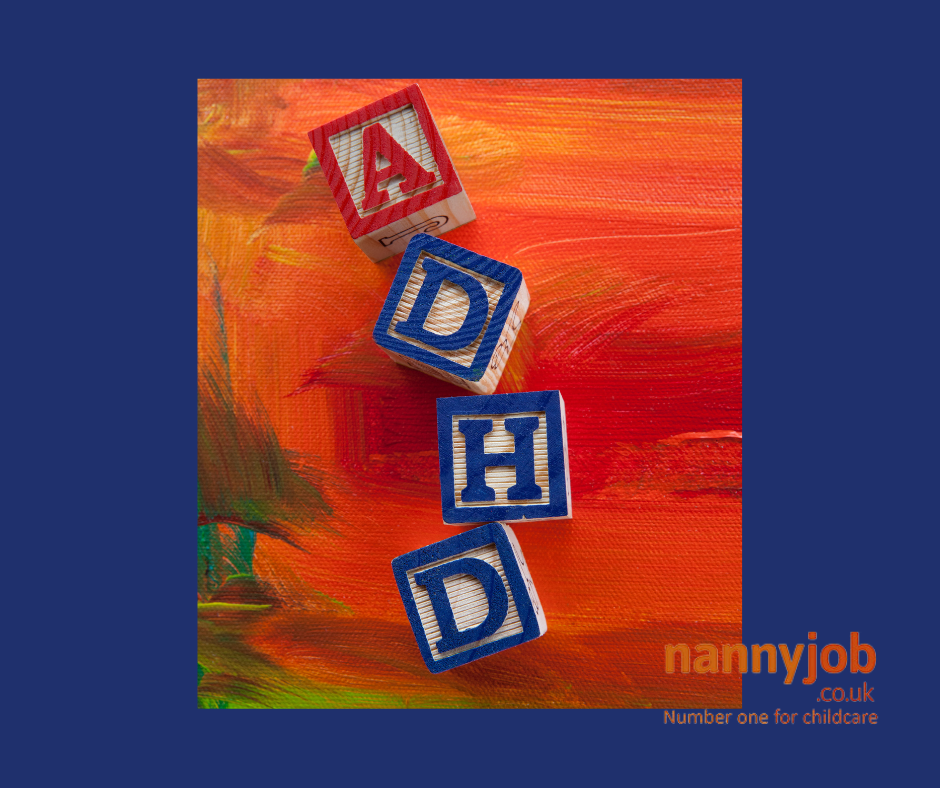Introduction
October is ADHD Awareness Month, a time to raise awareness and understanding of Attention-Deficit/Hyperactivity Disorder (ADHD). For many parents, nannies, and childcarers, distinguishing between typical childhood behavior and signs of ADHD can be challenging. It’s important to recognise that ADHD is not about a child being “naughty” or misbehaving; it’s a neurological condition that affects attention, impulse control, and behavior. Here’s how to spot the signs of ADHD and provide the support that children need.
1. Understanding ADHD
ADHD is characterised by a range of symptoms that can vary in severity, including inattentiveness, hyperactivity, and impulsivity. These symptoms can affect a child’s performance in school, their social interactions, and their emotional well-being. ADHD is not a result of poor parenting or lack of discipline; it is a medical condition that requires understanding and support.
2. Common Signs of ADHD
Some common signs of ADHD include difficulty paying attention, trouble following instructions, forgetfulness, excessive fidgeting, impulsive behavior, and difficulty waiting their turn. If these behaviors are consistent, occur in multiple settings (such as both home and school), and impact daily functioning, it could indicate ADHD.
3. Seek Professional Evaluation
If you suspect that a child may have ADHD, consider seeking a professional evaluation from a pediatrician, psychologist, or psychiatrist. Early diagnosis and intervention can provide valuable support, such as behavioral therapy, medication, or a combination of both, tailored to the child’s needs.
4. Create a Supportive Environment
Children with ADHD often thrive in structured, predictable environments with clear rules and routines. Provide a calm, organized space for homework and play, and use visual schedules or charts to help them manage tasks. Positive reinforcement and clear, consistent communication can help them feel understood and supported.
5. Collaborate with Teachers and Caregivers
Collaboration between parents, teachers, and caregivers is essential in supporting a child with ADHD. Share observations, strategies, and progress to ensure a consistent approach across different settings. This teamwork can make a significant difference in the child’s development and well-being.
Conclusion
Recognising the signs of ADHD and understanding that it’s not about being “naughty” is the first step in providing meaningful support. By fostering a supportive environment and seeking professional guidance, we can help children with ADHD reach their full potential.

